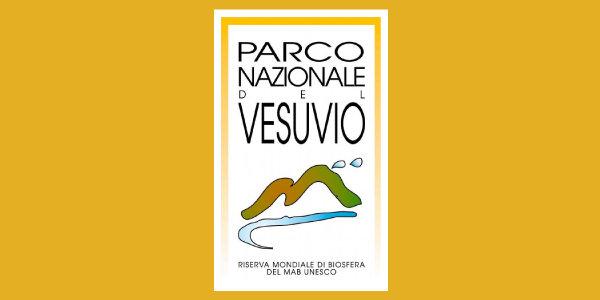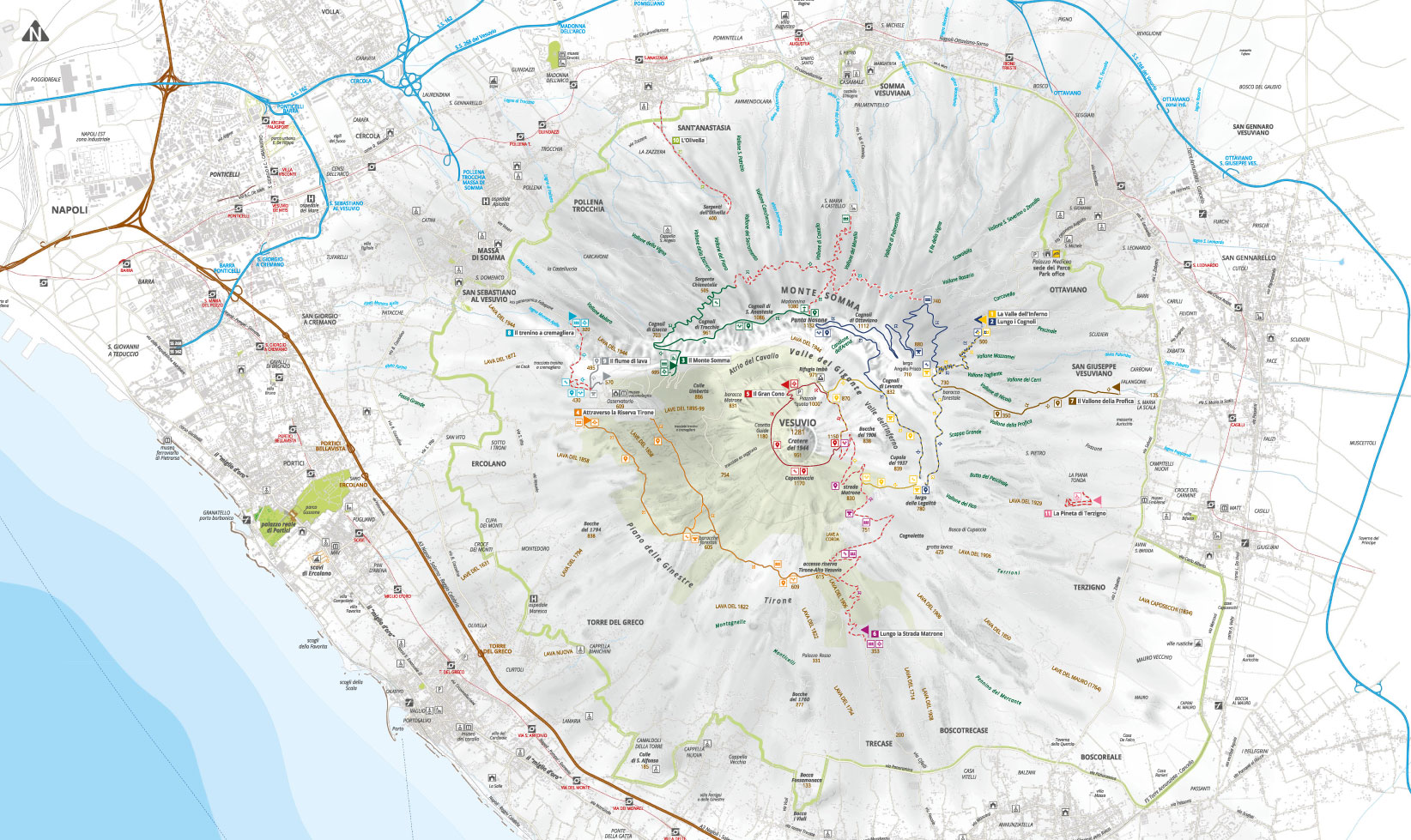The itinerary retraces the Olivella path, which climbs through the countryside of Sant'Anastasia and leads to the homonymous springs, which gush at 382 metres above sea level. The presence of spring water is a particularly rare event in the territory of the park; because of the permeable nature of the volcanic rocks, the precipitations reach directly the stratum, without originating any spring.
The recommended route starts from the centre of Sant'Anastasia and continues along a narrow road on the right side of the ancient church of Santa Maria la Nova, but it is also possible to take the Olivella road by accessing the alley that starts from Piazza S. Antonio and turning left at the first crossroads. Along the way you can see the religious signs that mark the Stations of the Cross.
You then continue to climb gently through typically rural landscapes dominated by vineyards and orchards. The undisputed sovereign of the area is the apricot which, thanks to the particular pedoclimatic conditions, is present on the slopes of Mount Vesuvius with more than 80 cultivars, many of which are endemic. Aromas, flavours and scents of great quality distinguish the most famous Vesuvius varieties of the crisommola, in the Neapolitan idiom (from the Greek crysus / golden and melon / fruit, i.e. “golden fruit”).
Continuing along the path, Mount Somma stands out more and more dominant in the background with its characteristic shape, strongly engraved by ridges and valleys, while the rural views leave room for modest appearances of the Maquis shrubland and other forms of spontaneous vegetation.

Please be extremely careful on the trails, always check weather conditions and wear appropriate shoes.
The Park Authority has no competence for safety and so it is not responsible for any damage to people and things that may occur during the use of the Park territory.
After over 1.5 km of walking you reach a junction, the itinerary proceeds to the right, where a bar marks the beginning of the dirt road that leads to the springs. After a few metres on the right side, you can see the lower spring. The entrance is made of volcanic and limestone arches, built in the nineteenth century by Ferdinand of Bourbon, who had the waters of Olivella conveyed into conduits that reached the Palace of Portici and the city of Naples.
Today there are small gates that block the access to protect the two historical springs. Proceeding along the path, you reach a suggestive natural amphitheatre, where there is a statue of St. Mary. A wall shows very clearly the layers of volcanic products, fall deposits alternate with pyroclastic flow deposits. Thanks to a humid microclimate, the surrounding vegetation is luxuriant and the chirping of the birds often accompanies the visitor. The wood is made of locust trees, downy oaks, ailanthus and butcher’s broom. In spring the area is also characterized by the flowering of the enchanting orchids Ophrys sphegodes and Cephalantera longifolia.
By virtue of the presence of water, so scarce in the rest of the park, Olivella hosts a rich fauna community, also made of several micro-mammals, including the cute wild mouse and the less common shrew, a small insectivore with an elongated snout. Among the nesting birds it’s worth mentioning the nightingale, the Sardinian warbler, which owes its name to a characteristic red ring around the eye, the common whitethroat, agile and fast even between the most intricate branches, and the small wren, which moves often on the ground looking for food. A short staircase goes up to the upper spring.
For the return, the route of the outward journey is resumed proceeding in the opposite direction.
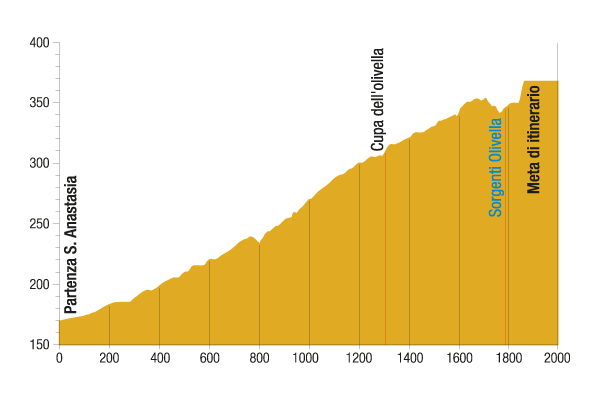
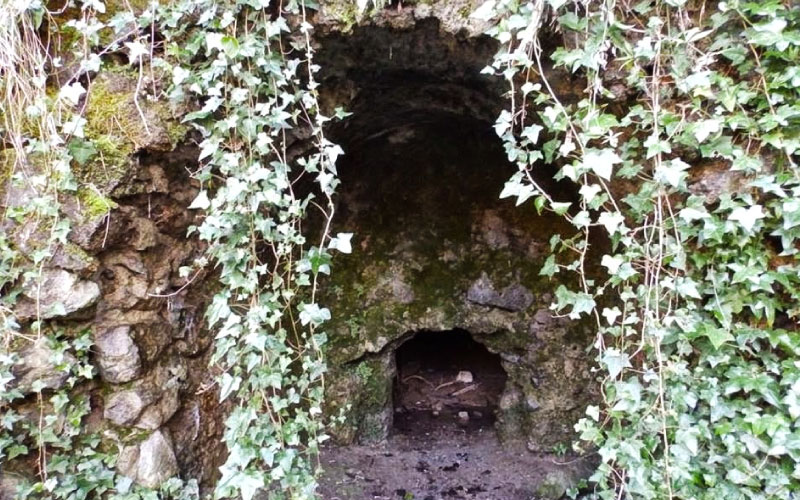
Visit the other paths

The trail network is in overall redevelopment and maintenance and some paths may not be equipped with signs. Contact the Park Authority for more information.
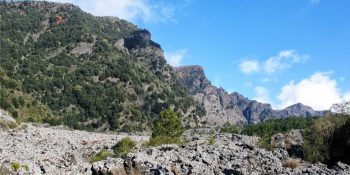
The Valley of Hell
Path N. 1 - The most beautiful places and the most representative environments of the protected area.
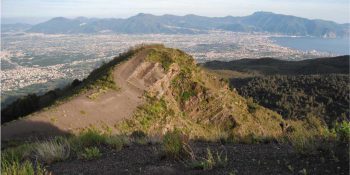
Along the Cognoli
Path N. 2 - The most beautiful and wild scenery of Somma-Vesuvius.
![]() Nature trail towards Somma Vesuviana temporarily closed
Nature trail towards Somma Vesuviana temporarily closed
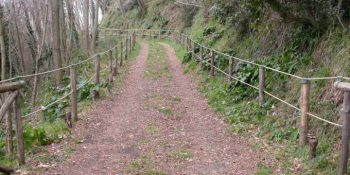
The Mt Somma
Paths N. 3 - This fascinating ring route leads to Punta Nasone, which with its 1,132 metres is the highest peak of Mount Somma.
![]() Nature trail from Somma Vesuviana temporarily closed
Nature trail from Somma Vesuviana temporarily closed
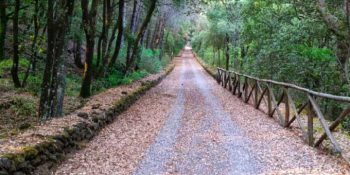
The Tirone Reserve
Path N. 4 - The track is located within the Tirone-Alto Vesuvius Forest Reserve, which covers about 1,000 hectares.
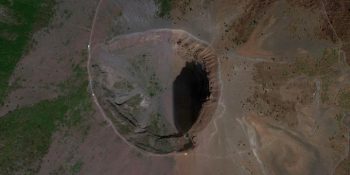
The Great Cono
Path N. 5 - A guide to visit the Crater of the Vesuvius.
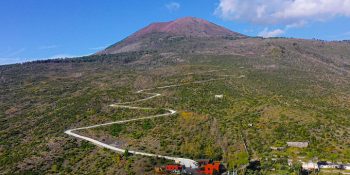
The Matrone Road
Path N. 6 - The path corresponds to the ancient road traced by the Matrone brothers to go back to the Gran Cono from the side of Boscotrecase; …

The Profica Valley
Path N. 7 - The itinerary, which is known as the “agricultural path”, winds along the slopes of the lesser known side of Mount Somma, the …
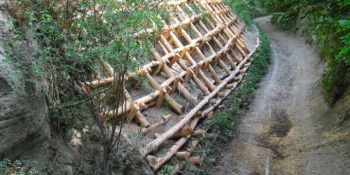
The Rack Railway
Path N. 8 - The itinerary follows the historical route for the ascent of Mount Vesuvius from the town of San Sebastiano to the foot of the hill …
![]()
Closed nature trail where maintenance interventions will be introduced
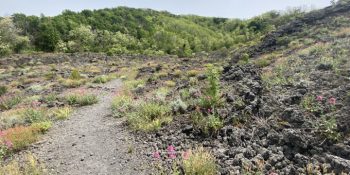
The River of lava
Path N. 9 - Thanks to this itinerary, you can experience the thrill of walking on a lava flow, surrounded by an almost lunar landscape.
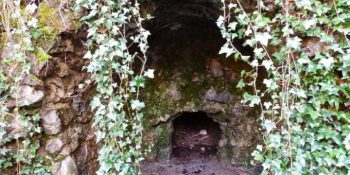
The Olivella
Path N. 10 - The itinerary retraces the Olivella path, which climbs through the countryside of Sant'Anastasia and leads to the homonymous springs, …
![]()
Closed nature trail where maintenance interventions will be introduced
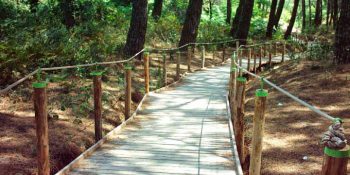
Terzigno Pinewood
Path N. 11 - The path is flat and is inside a thick pine forest, designed for pleasant walks and for people with limited difficulties.
